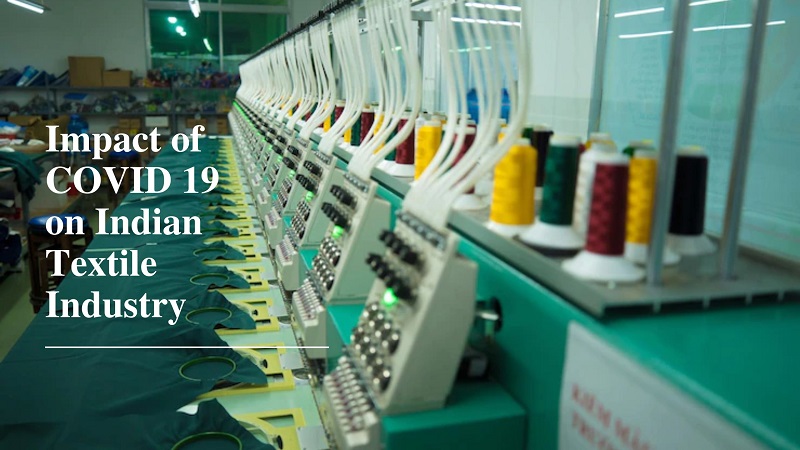How to Help Young Men Dress Professionally
Your dressing is a part that determines your personality. On the professional front, dressing the right way matters a lot especially when you have to give/take an interview, or hold a conference with partner companies or present a seminar to educate new prospects. With new opportunities waiting for your way, young men must know how to carry themselves out in the world by keeping their professional attire updated.
Let’s take a look at a few tips to help young men dress professionally:
1. Collar Down Neat & Tidy
Going to the office requires a neat and tidy getup. Since shirts and trousers are perfect office attires, ensure young men that are often used to T-shirts and hoodies and modern shirts, take the office look quite seriously. The collars must be down and well placed to keep any sort of shabbiness away. According to the textile fabric manufacturers, linen and cotton are the code for professionalism and hence, several businesses consult such experts to design office uniforms.
2. People Notice Your Footwear First
Workwear without the right footwear is a waste of effort. Whenever you go shopping for your workwear, always keep your footwear in your checklist too. They are necessary to compliment your entire look at the end of the day.
3. Tuck-in and Forget
Young men must be familiar with how to carry a shirt in public places. But, what we often train them about is tucking them correctly. This definitely adds up to your office appearance. Also, tuck-in means it should be well done and comfortable enough for the young man to walk around with it.
4. Relate to your Skin Tone
Consider your skin tone before you stitch your suitings & shirtings for your job or interview. Consult workwear garments manufacturers in India and get tips on what will look subtle and classy on your skin tone.
5. Don’t Leave Your Hair Flaunting
Give a smart haircut and keep your beard short, in place. If you are wearing a nice shirt and trouser for your first day at the office, avoid any chances of flaunting your hair or beard around this classic look.
6. Ironing is very Important
Even a brand new workwear might look worn out if it isn’t ironed properly. The slightest crease on the pant or shirt and it will never go unnoticed. It sets the wrong example of untidiness and laziness.
7. Use a Better Fit
While picking up clothes for your workplace, select a better fit that matches your body type and structure. Any oversize, loose or tight outfit will again go off-board with your outlook. This is why the textile processing industry in India defines two types of fit for men – slim fit & regular fit. Check which one suits you or it is always advisable to try before you buy.
8. Quality Speaks for Itself
Despite any budget, quality is more important than quantity. A low-quality fabric will eventually wear off its colour, texture and look after some washes compared to a well -known quality textile.
9. Customize the Best Combination
Young men must learn how to customize a suit with a shirt, a tie and of course the footwear. It is essential you choose your dressing style as per the occasion. If it is a professional party, you wouldn’t care about the coat but otherwise maybe for a delegate meeting, it would create a completely different experience.
10. Create a Stylish Image
Young men should understand that going with fashion is not always a great choice but you can always define your own style of dressing. Make sure it looks fine for your place of work. With style, you can define your image and build a sense of confidence for yourself in front of your staff, customers and partners.
11. Accessorize
While suitings & shirtings go hand in hand with office wears, adding accessorize completes the attire. Some of the best examples would be wearing a suitable wristwatch, sophisticated jacket, cufflinks, etc.



